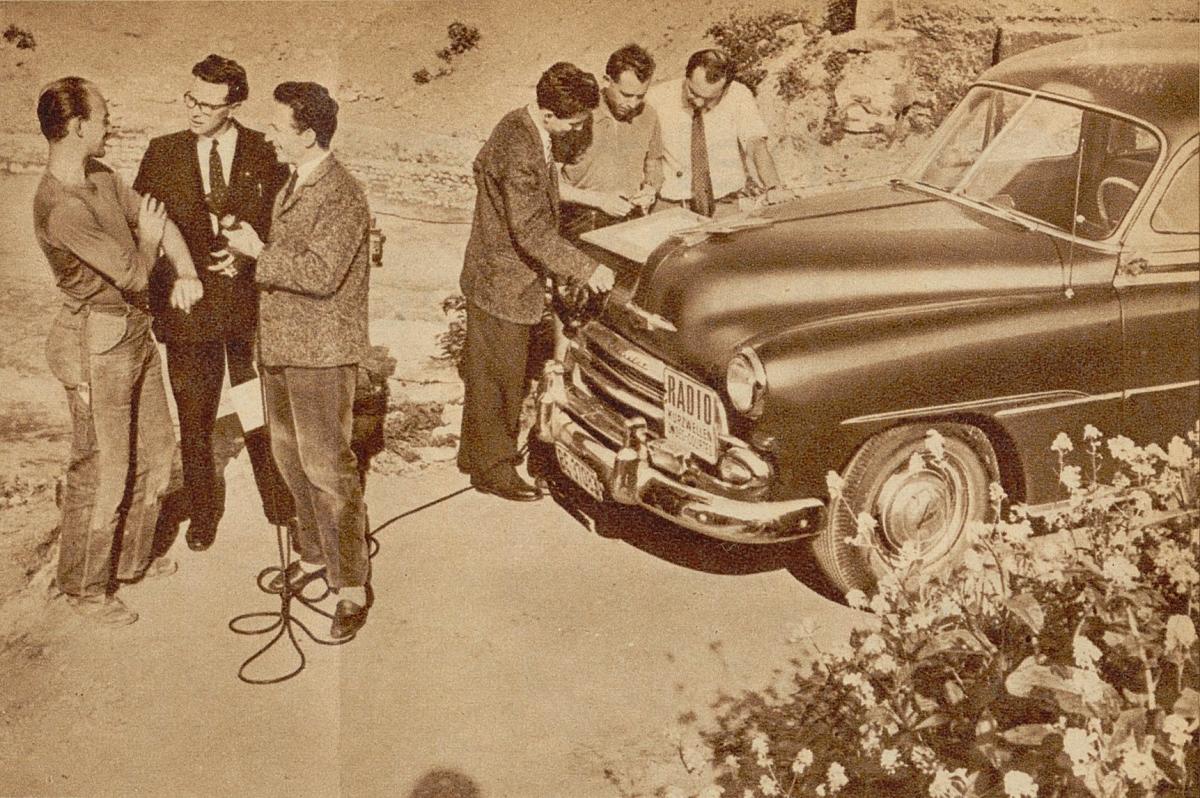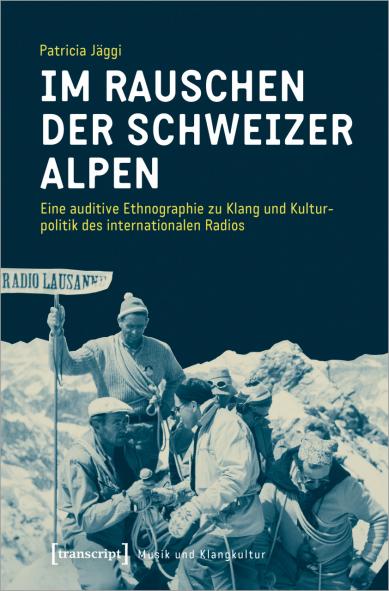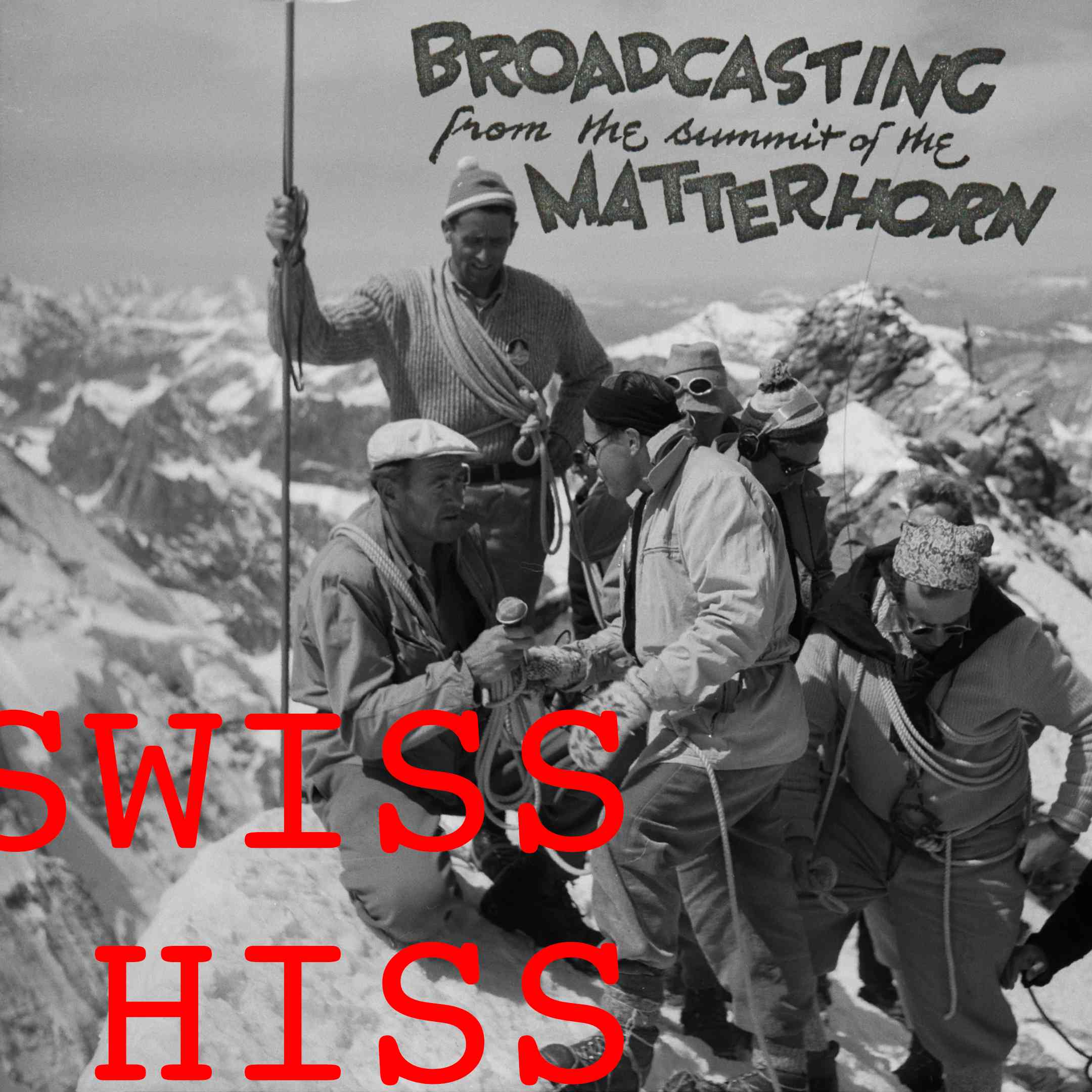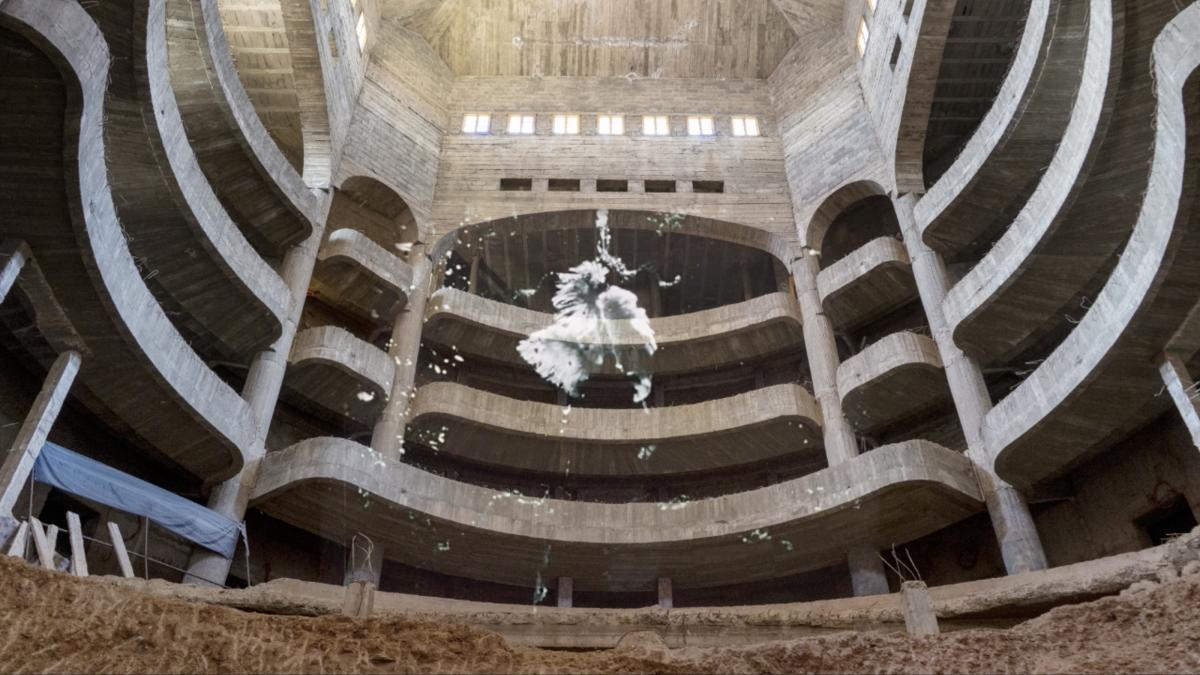
How Radio Noises Can Become Swiss
What was the fascination with listening to Swiss international radio? The Swiss sound researcher Patricia Jäggi reconstructed the former auditory experience and came to the hypothesis that it probably wasn’t only interest in overseas news and exotic music. But also the hiss in the channel itself.
The communication theorists Claude Shannon and Warren Weaver explored the signal-to-noise ratio in 1964, defining the noises in the channel as a disturbance and as unwanted information that intermingles with the wanted information of the sent signal. For my book Im Rauschen der Schweizer Alpen (In the Noise of the Swiss Alps), I have analyzed programs from the Swiss international radio, which started broadcasting worldwide in 1938. A live-show from the top of the Matterhorn in 1950 had to be transmitted in two steps and, thus, was «noised» double. The noises must have heavily disturbed the received content, but still the listeners were thrilled by it – both the content of a broadcast, which, in the case of the Matterhorn broadcast included some alpine romanticism and musical folklore, as well as the noises in the channel, which might have influenced the perception of Switzerland abroad.
Approximating the Experience of Shortwave Radio Listeners
I realized that the material from the archive is available in hi-fi studio quality whereas the same sounds must have been quite noisy to the listeners of the past. They repeatedly complained in their letters about poor reception quality or praised a good one. Therefore, I re-enacted the listening experience on different shortwave receivers. In a two-step experiment, I followed its sonic traces: First, I searched for current shortwave radio broadcaster on different receivers. Besides the live fabrication of listening protocols, I also recorded my ether travels through the headphone output of the device. Second, I chose the most interesting snippets from the recordings to share with interested colleagues in a follow-up experiment. They were asked to listen to and describe the thirteen samples.
Interestingly enough, the participants didn’t perceive the noises as only disturbing. One person was astonished about the variety of sounds of this analogue medium. Others mentioned that the distortions reminded them of electric guitars, and someone wrote that it sounded like Merzbow, a Japanese noise musician.
Leaving Space for Imagination
Shannon and Weaver discredited transmission noises because they erode the content that should be sent. My experiments, however, illustrate that their quality could be potentially appealing. Especially in the aforementioned Matterhorn broadcast, noises might also stand for a technical capability and innovation of Switzerland: a live show from the top of the Matterhorn must be noisy to be credible. Hisses are proof of the origin of the signal, of its long travel via the ionosphere. However, for a listener it must have been difficult to determine if received noises came from the mountain or originated in the ether. The economic and social theorist Jacques Attali says that it is this ambiguity of noise which makes it valuable. Transmission noises intermingled with and probably were perceived as the Matterhorn soundscape. Noise, thus, leaves space for the listener’s imagination.
List of References
The corresponding book was published in 2020 at transcript, Bielefeld (Germany). The corresponding snap uses sounds of the Mattherhorn live-show by This Adank, Bern 1950 (© SWI swissinfo.ch, SRI_CD_HIS_001_Track09).

Biography
Links
Published on June 19, 2020
Last updated on September 02, 2020
Topics
How does the artits’ relationship to the gear affect music? How to make the climate change audible?
Snap



